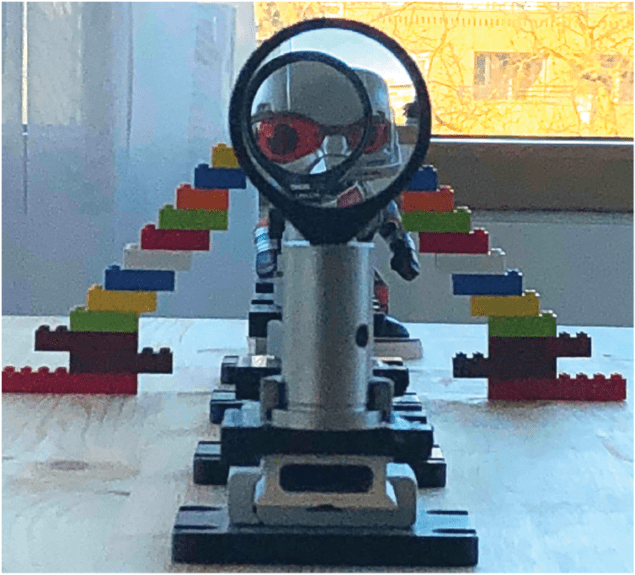
Everyone loves a superhero (except for a super-villain, of course) so it makes sense to use their physics-defying superpowers to teach physics. So says Barry Fitzgerald at Delft University of Technology in the Netherlands, who has just published a paper in Physics Education with the title “Using superheroes such as Hawkeye, Wonder Woman and the Invisible Woman in the physics classroom”.
“While many people may dream about having superpowers, most are quick to dispel their hopes citing that such powers are fundamentally fictional,” writes Fitzgerald. “Nevertheless, current scientific research could be used in the future to develop technologies that mimic or even match the powers of characters such as the Invisible Woman, Wonder Woman and Spider-Man”.
He looks at three superheroes in his paper – starting with Hawkeye, who has exceptionally good eyesight and is therefore a dab hand at archery. Fitzgerald has already written a paper that speculates on the physiology of the eyes of this superhero, and now he uses the long-distance trajectories of Hawkeye’s arrows to elucidate vectors and linear motion.
Bulletproof materials
Moving on to Wonder Women, who deflects bullets with her bracelets. Fitzgerald uses this as a starting point to work-out how a bulletproof material works and how much energy would have to be absorbed by Wonder Woman’s wrists. You will have to read the paper to find out if Fitzgerald reckons this superhero would suffer bruising to her wrists after deflecting a few bullets (assuming she doesn’t have super-wrists).

Superhero science: from fiction to fact
Finally, the paper looks at invisibility cloaks and optics with a little help from the Invisible Woman. The physics of invisibility is demonstrated using a bit of LEGO (see figure) and Fitzgerald also delves into moral issues, asking questions such as “is the development of invisibility cloaks truly desired by society?”.
Over the past few weeks I have been urging readers to take part in the “Subatomic Smackdown” by voting for their favourite subatomic particle. The results are now in and the winner is (drumroll please), the photon with 36% of the vote. The runners-up are the proton with 26%, the electron at 22% and the neutron at 16%.



